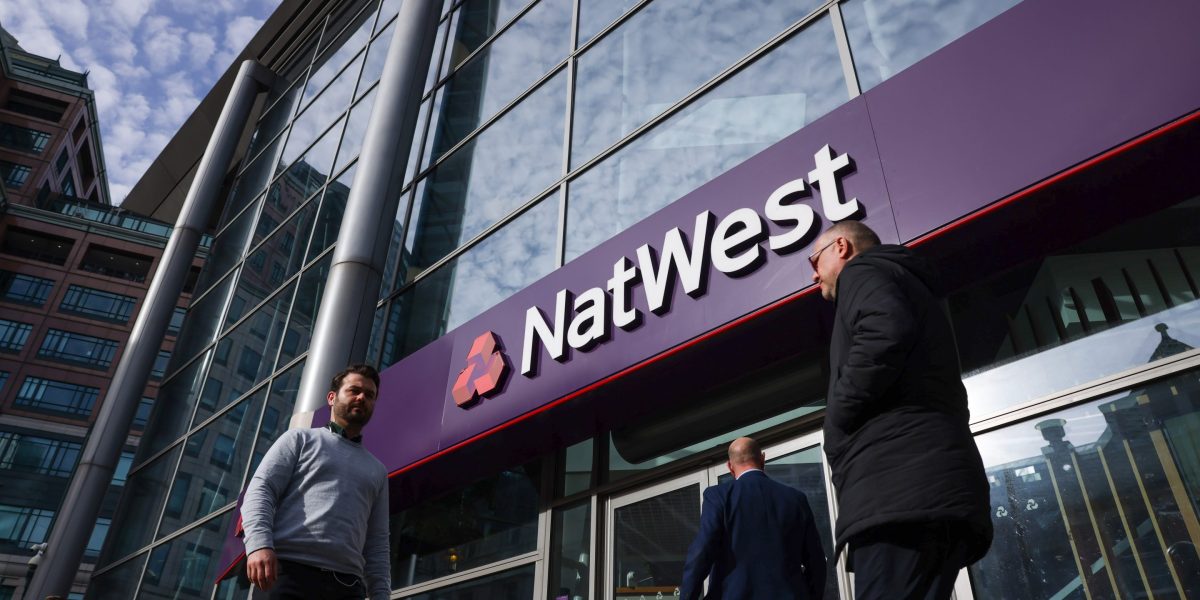This post was originally published on this site
https://fortune.com/img-assets/wp-content/uploads/2024/04/GettyImages-2005653914-e1714119851950.jpg?w=2048
NatWest Group Plc beat earnings estimates in the first quarter as lending and deposits increased amid signs of improving customer confidence.
The London-listed bank reported pretax operating profit of £1.3 billion ($1.6 billion), compared with analysts’ expectations compiled by Bloomberg of £1.28 billion. That was down 27% compared with the £1.82 billion seen a year ago as the boost from higher interest rates starts to fade.
The firm said its net interest margin — a key measure of profitability that shows the difference between what a bank pays for deposits and collects on loans — was stable across its businesses, though due to central items it slipped to 2.05% compared with 2.25% a year ago.
Shares in NatWest rose as much as 4.1% in early trading to the highest in 14 months.
“Though macro-uncertainty continues, customer confidence and activity is improving, with both lending and deposits up in the quarter and impairments remaining low,” Chief Executive Officer Paul Thwaite said in a statement.
Total net loans rose 0.4%, while customer deposits rose 0.2% to £433 billion. Mortgage lending was £5.2 billion in the quarter, down from £9.9 billion a year ago, which NatWest offset with more lending in its commercial business.
Earlier this week, rival Lloyds Banking Group Plc reported pressures on its margins as lenders try to navigate an uncertain path to lower interest rates. Traders have recently scaled back their bets on Bank of England cuts, implying the journey down from 5.25% will take longer than previously expected as the UK economy recovers from several years of high inflation.
NatWest put aside £93 million to cover bad loans in the first quarter, compared with analysts’ expectations of £174 million, and up on the £70 million seen a year ago.
Operating expenses were £64 million higher than a year ago, reflecting the Bank of England levy and increased staff costs due to inflation and severance.
The bank is gearing up for what is poised to be the country’s most high profile privatization this year, with the UK government preparing to sell some of its remaining 28.9% stake to retail investors in the coming months. The state has owned a part of the bank since the 2008 financial crisis.





